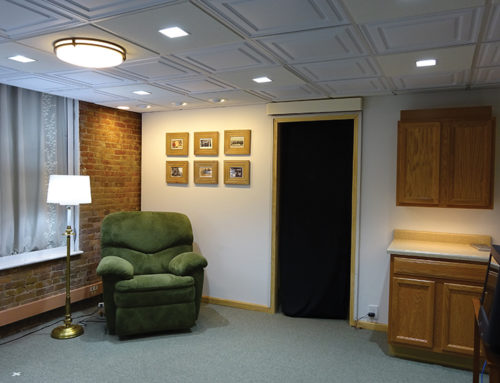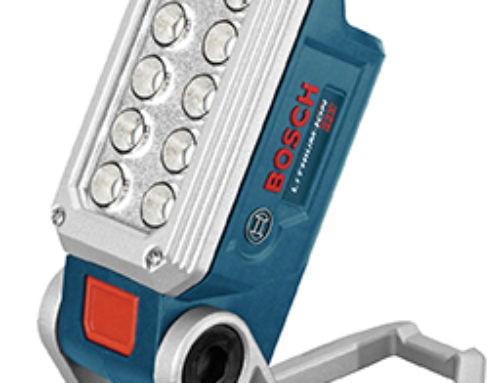Multifunctional sensors, networked wireless controls accessible from mobile devices, and, yes, light-emitting diodes (LEDs) are trends that picked up steam this year. These interconnected technologies will be transformational for the electrical contractor (EC). Most significantly, they bolster the need for high- and low-voltage expertise to meet the challenging demands of today’s customers who want to continuously improve energy efficiency while providing quality lighting.
Approaches in lighting that include wireless and mobile control are poised to meet many of the 21st-century client’s needs. There were plenty of examples at Lightfair International 2015 this past May in New York.
Wireless and networked
“I think smart, energy-saving and wireless light control systems will open tremendous new market opportunities for electrical contractors,” said Nick Shkordoff, group vice president and general manager—Ideal Electrical, Ideal Industries Inc., Sycamore, Ill. “We are seeing a switchover to wireless, notably in renovation projects. The control systems are increasingly easy to install, commission and operate to help drive real energy savings. Their simplicity removes some IT wariness for ECs, allowing them to easily install and program these systems and teach them to operations managers.”
Shkordoff expects wireless-supported energy management systems to generate “tremendous global demand,” driving down installation and operating costs, notably across large-scale projects (250,000 to 1 million-plus square feet).
“Changing building codes in California and New York are mandating large-scale energy management systems,” he said. “New ASHRAE 90.1 2013 code has been adopted by more than 11 states, and we believe all remaining states will need to adopt it within two years. By 2017, no U.S. building permits will be rewarded without 100 percent compliance with these ASHRAE requirements.”
Ideal’s Audacy wireless system has been delivering energy savings from 35 to 50 percent, Shkordoff said. It uses a 950-megahertz (Mhz) frequency.
“The spectrum allows us to communicate point to point at 300 feet, and then repeaters from greater distances,” said Nolan Bello, Ideal business unit manager.
Other companies have targeted the same frequency range or lower so lighting controls don’t interfere with other wireless devices, while still enabling frequency communication through walls, floors and ceilings. It is a tremendous advantage for large-scale and multifloor installations, but it benefits smaller installations as well.
Some examples: Lutron’s Clear Connect frequency band for commercial and residential is set at 434 Mhz. Enlighted Inc., a sensor and analytics provider based in Sunnyvale, Calif., likes the higher gigahertz Wi-Fi spectrum for its networked energy system, enabling heavy data communication with a system designed at low wattage to reduce energy use.
For Ideal and others, the fact that their controls can be retrofitted to existing fixtures is key to their market penetration. For example, Ideal’s Audacy Smart Connector is embedded into the fixture to adjust to ambient lighting, motion and occupancy.
The question sometimes raised is whether wireless poses a threat to the EC. Brian Donlon, sales vice president, North America for Lutron, sees it as an opportunity.
“There will always be a load source requiring the EC,” he said. “The wireless components are merely building devices to control what’s electrified: a (0–10V) control signal to run the fixtures. In some cases, wireless control may have a slightly higher price than wired controls, but the reduced labor and wiring costs enable contractors to meet budget constraints, energy goals, and performance requirements and, in effect, capture more jobs that have previously been financially out of reach.”
Donlon finds wireless is also helping contractors improve design flexibility for their clients.
“Commercially, that [installation] might be personal control over a workstation, scene control at a podium, in an auditorium or classroom, or daylight control in open office areas,” he said. “Residentially, the contractor can easily provide control from a bedside or end table, add an additional control location, or even facilitate control from a smart device. As wireless capability becomes even more robust, clients will be able to easily link wireless devices throughout their home or building.”




